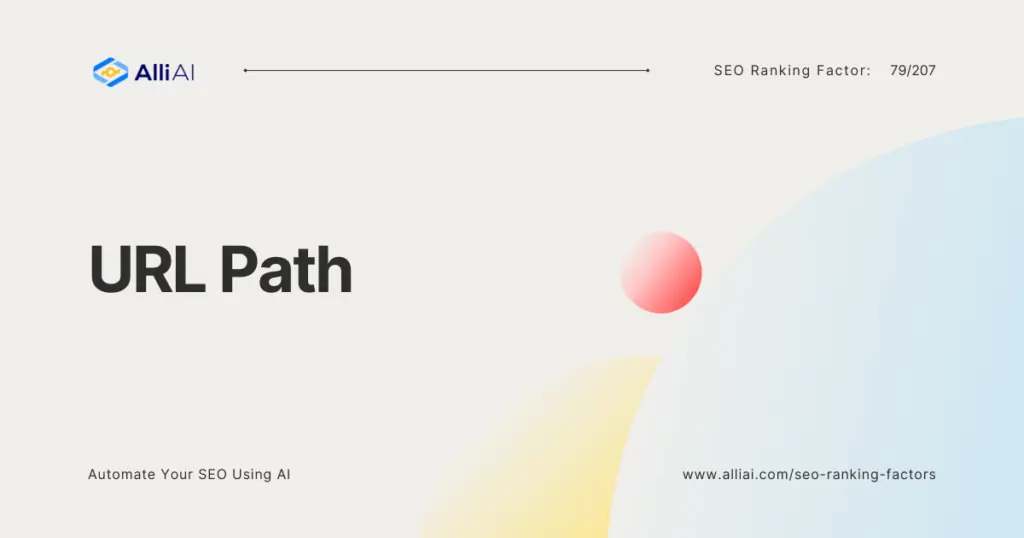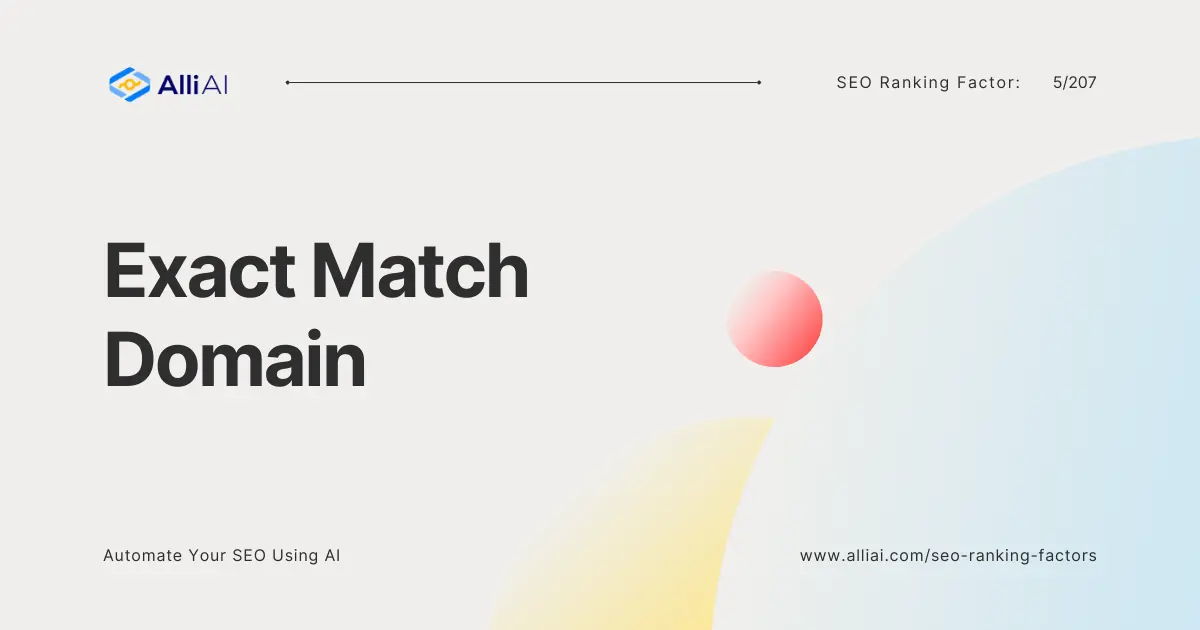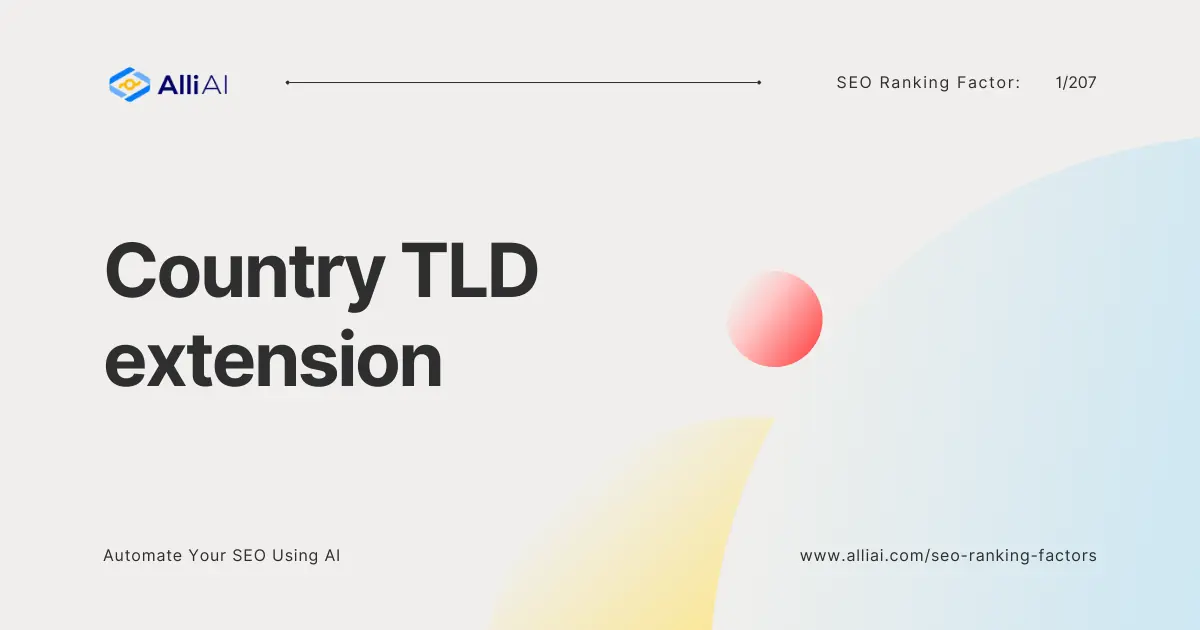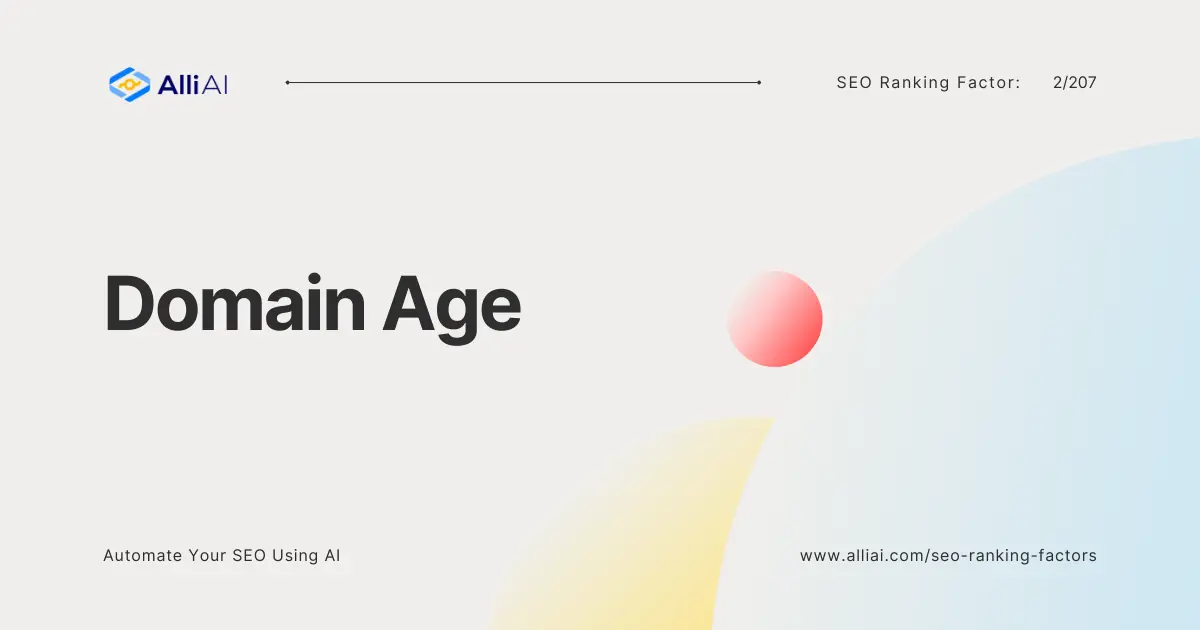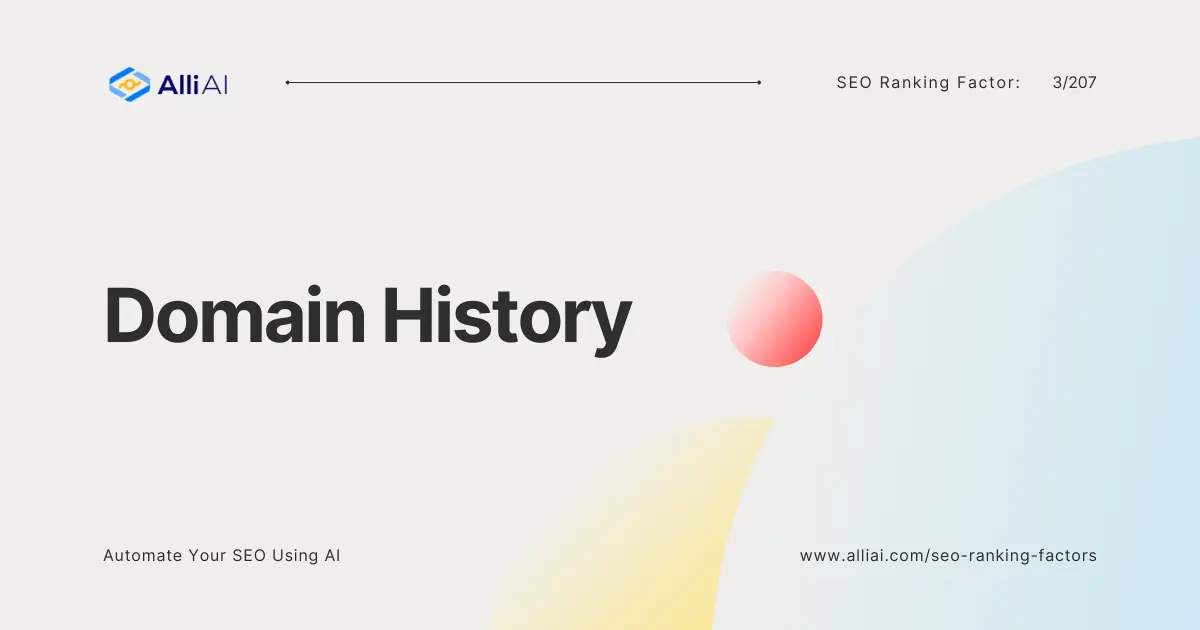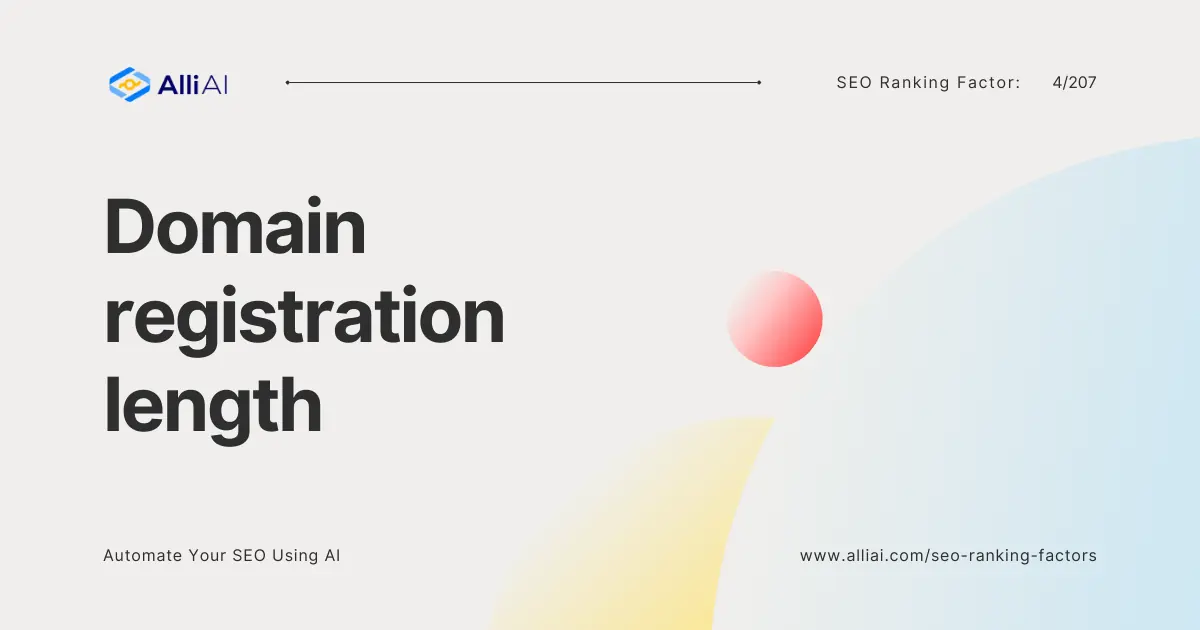What is URL Path?
A URL path is a part of the URL that comes after the domain name and points to a specific page or piece of content on a website. For instance, in the URL `https://www.example.com/products/shoes`, `/products/shoes` is the URL path. It indicates the location of the page about shoes within the website’s structure.
Think of the Internet as a vast library and each website as a book. The URL path then is akin to the page numbers that lead you directly to the specific information you need within that book. Just as how page numbers help you navigate a book more efficiently, a well-structured URL path helps users and search engines understand and navigate a website more effectively.
Why is URL Path Important in SEO?
The importance of URL path in SEO cannot be overstated. It plays a significant role in a website’s usability and search engine ranking for several reasons:
“- Search Engine Crawling and Indexing: A clear and logical URL path allows search engines to crawl and index a website more thoroughly, which can influence its visibility in search results.
– User Experience (UX): For users, a meaningful and readable URL path improves navigation and increases the likelihood of clicking on the link, directly impacting the site’s click-through rate (CTR), a well-known Google ranking factor.
– Keyword Relevance: Including keywords in the URL path can give a page an SEO boost by making it appear more relevant to specific search queries.”
How URL Path Affects SEO: Relevant Stats and Insights
The structure of a URL can significantly impact its performance in search rankings. A study conducted by Backlinko, analyzing over one million Google search results, found that URLs with a clear hierarchy and keywords relevant to the page content tended to perform better in search rankings. Here is a breakdown of how URL path influences SEO:
– Improved Crawl Efficiency: Search engines like Google use bots to crawl websites. A study by Screaming Frog highlights that a well-organized URL structure helps these bots understand and index the website’s content more efficiently.
– Increased CTR: According to Moz, URLs are a minor ranking factor. However, a descriptive URL path can improve click-through rates by reassuring users about the content of the page before they click, thus indirectly affecting rankings through user engagement metrics.
FAQ
How should I structure my URL paths for the best SEO results?
The best practice is to keep URL paths short, descriptive, and keyword-rich. Use hyphens to separate words and ensure each URL is easy to read for both users and search engines.
Does changing the URL path impact SEO?
Yes, changing a URL path can temporarily affect a site’s SEO as search engines need to re-crawl and re-index the new URLs. It’s crucial to use 301 redirects from the old to the new URLs to preserve link equity.
Are there any tools to help optimize my site’s URL structure?
Yes, SEO tools like Screaming Frog, Moz, and Google Search Console can help you analyze your URL structure, identify issues such as broken links or ineffective redirects, and optimize your site’s architecture for better SEO performance.
Conclusion
A well-structured URL path is a pivotal element of SEO that enhances both user experience and search engine optimization. By making URLs clear, logical, and keyword-relevant, websites can improve their visibility in search results, attract more traffic, and provide a better overall experience for their visitors. Like a well-organized book in a vast library, a site with a clear URL structure stands out to both search engines and users alike, making it a critical factor in the complex world of SEO strategy.
